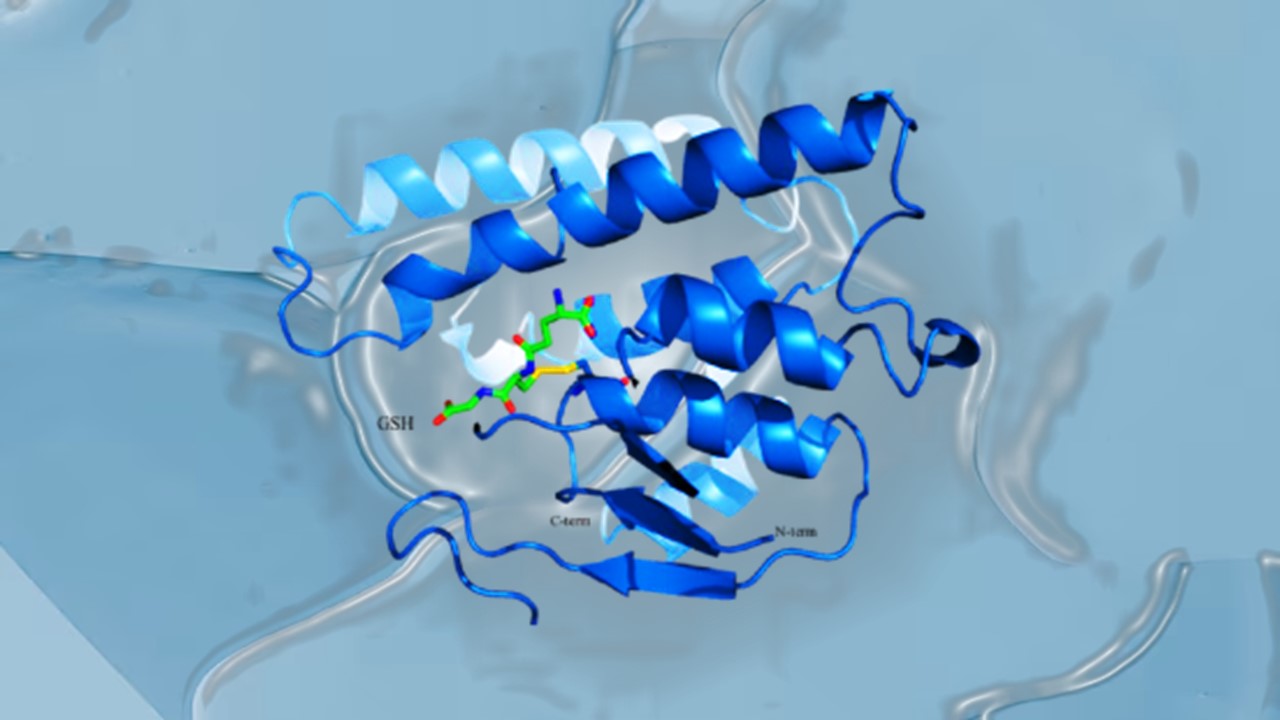Many people experience allergies, which can cause symptoms ranging from minor discomfort to serious consequences. For the development of efficient treatments, recognizing the root causes that underlie allergic disorders is essential. A group of scientists from the University of Pittsburgh and the National Institutes of Health have revealed new information in a ground-breaking study that was just published in Nature Immunology about the function of a rare type of helper T cell known as Th9 cells in causing allergic inflammation. This study provides important new information about the activation and operation of Th9 cells, opening up fresh possibilities for allergy treatment using precision medicine.
The Enigma of Th9 Cells
Long considered the renegades among helper T cells, Th9 cells are the exception. When compared to other cells, these ones stand out thanks to their distinct traits. It’s noteworthy that, unlike other T cells, Th9 cells can get activated without direct antigen recognition. Daniella Schwartz, M.D., the senior author, highlights the fact that Th9 cells are particularly difficult to investigate because they exhibit extraordinary functioning even in the absence of antigen stimulation.
The Bystander Activation Phenomenon
T cell receptors often trigger the activation of T cells when they see particular antigens on pathogens. Bystander activation, on the other hand, is a different type of activation that doesn’t depend on antigen recognition. Typically, additional signals demonstrating the likelihood of a threat are required before bystander activation occurs. Th9 cells stand out due to their capacity to activate through bystander activation even in lack of these specific warning indicators.
Deciphering Th9 Cell Activation in Allergic Responses
Schwartz and her team concentrated on quantifying the production of IL9, a cytokine produced by Th9 cells, in order to understand the subtleties of Th9 cell activation in allergic responses. They made a key discovery by comparing Th9 cells from patients with atopic dermatitis, an allergic disorder characterized by a dry, itchy rash, to those from healthy volunteers. Bystander activation was present in Th9 cells from allergy patients but not in healthy individuals. This data raises the possibility that healthy people have a checkpoint that blocks the non-specific activation of Th9 cells. However, in allergy patients, this checkpoint seems to malfunction, leading to cytokine generation even in the absence of antigen restimulation.
The Role of Chromatin Accessibility
The activation process of most helper T cells involves the attachment of antigens to the T cell receptor, initiating a specific recognition sequence. This sequence leads to the unwinding of DNA within the T cell’s nucleus, allowing access to the DNA segments responsible for cytokine production. Once the threat is eliminated, antigen stimulation ceases, resulting in the deactivation of the cells. Despite this, the DNA structure remains open, poised for potential future interactions. In contrast, Th9 cells employ a distinct regulatory mechanism. Transcription factors STAT5 and STAT6 bind to accessible regions of DNA near the IL9 gene, triggering the activation of these cells. Notably, the DNA structure in Th9 cells eventually closes over time, halting the synthesis of IL9.
The Breakdown of Checkpoint Regulation in Allergy
The checkpoint regulatory system controlling Th9 cell activation appears to be broken in allergy sufferers. As a result, the DNA is still open, maintaining the activation of the IL9 gene and fueling allergic inflammation. This important discovery offers vital information on the development of allergy disorders.
Implications for Precision Medicine
The study’s findings have potential for the advancement of precision medicine strategies for the treatment of allergies. The effectiveness of tofacitinib, a JAK-STAT signaling inhibitor authorized for the treatment of several inflammatory disorders, was examined in a mouse model of allergic asthma driven by Th9 cells. The fact that tofacitinib showed an improvement in disease symptoms suggests that it has the potential to be used as a therapeutic intervention for allergy diseases involving Th9 cells. In addition, the researchers examined data from allergic asthma patients and discovered a connection between elevated Th9 cell counts and raised activation of STAT5 and STAT6-related genes. This correlation raises the possibility that Th9 cells could be used as a biomarker to identify individuals who will respond well to JAK inhibitors, enabling more focused and individualized treatment plans.
Conclusion
The Nature Immunology study provides valuable insights into the elusive world of Th9 cells and their role in allergic inflammation. By uncovering the mechanisms of Th9 cell activation and the breakdown of checkpoint regulation in allergy, this research offers a foundation for developing precision medicine approaches in the treatment of allergic diseases. The potential of targeting JAK-STAT signaling pathways, as demonstrated by the efficacy of tofacitinib, presents an exciting avenue for future therapeutic interventions. With further investigation and refinement, these discoveries hold the potential to revolutionize allergy treatment and enhance patient outcomes.
Study DOI: 10.1038/s41590-023-01501-5
Subscribe
to get our
LATEST NEWS
Related Posts

Immunology & Oncology
The Silent Guardian: How GAS1 Shapes the Landscape of Metastatic Melanoma
GAS1’s discovery represents a beacon of hope in the fight against metastatic disease.

Immunology & Oncology
Resistance Mechanisms Unveiled: The Role of Glutathione S-Transferase in Cancer Therapy Failures
Understanding this dual role of GSTs as both protectors and accomplices to malignancies is central to tackling drug resistance.
Read More Articles
Myosin’s Molecular Toggle: How Dimerization of the Globular Tail Domain Controls the Motor Function of Myo5a
Myo5a exists in either an inhibited, triangulated rest or an extended, motile activation, each conformation dictated by the interplay between the GTD and its surroundings.
Designing Better Sugar Stoppers: Engineering Selective α-Glucosidase Inhibitors via Fragment-Based Dynamic Chemistry
One of the most pressing challenges in anti-diabetic therapy is reducing the unpleasant and often debilitating gastrointestinal side effects that accompany α-amylase inhibition.













